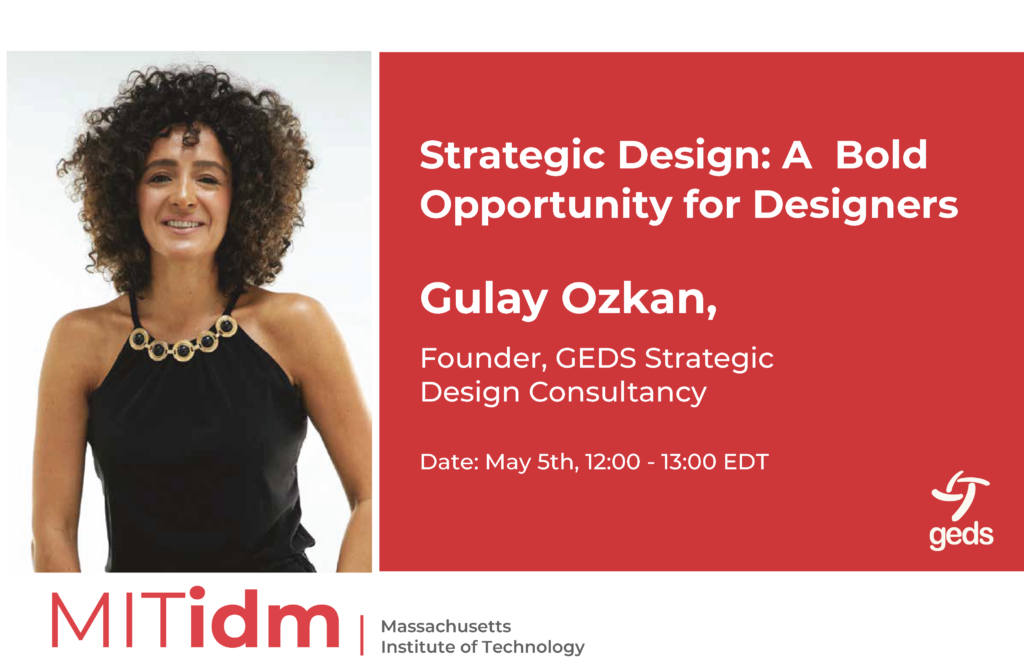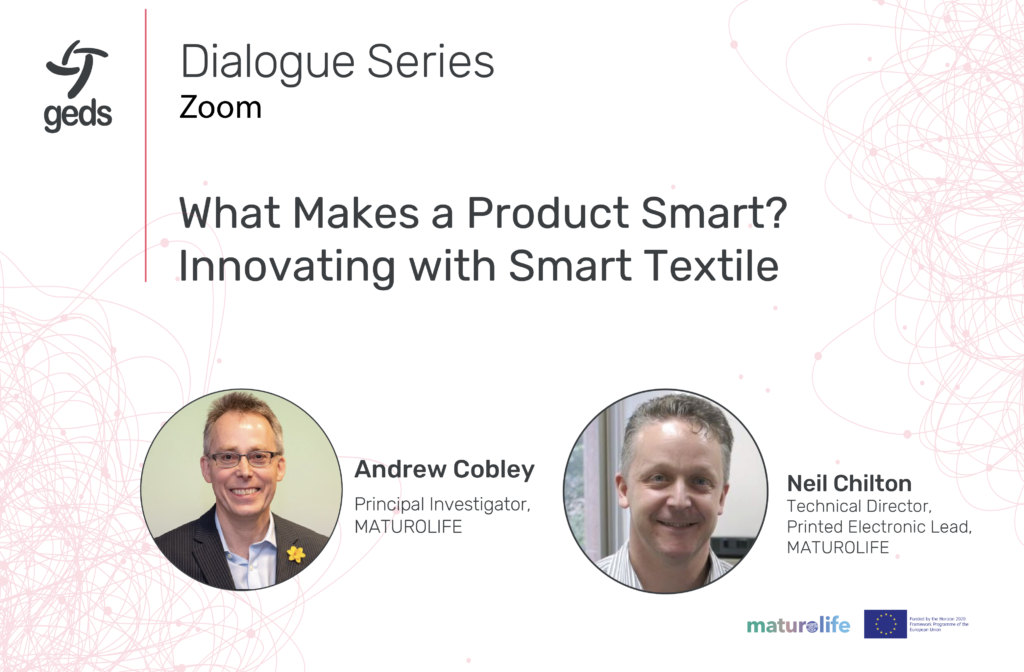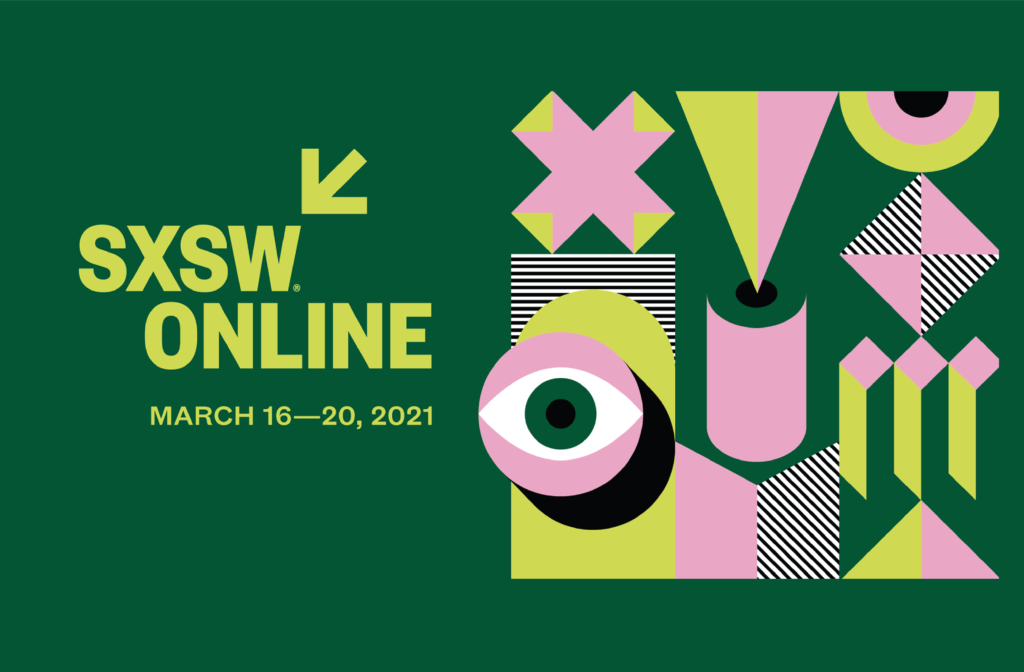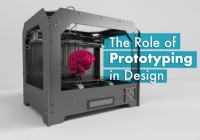Our future scenario planning project started with a deep understanding of the brand identity through methods such as brand attributes identification from the perspectives of the clients and company employees. Determining brand attributes through rational and emotional words were an important benchmark to understand what the brand represents. Through research, we discovered that our brand of subject value precision and, they are very profitable in their product line. We also discovered that they are one of the new-age pioneers in technology and, they strive to expand the horizons of the people. This starting point allowed us to move to the investigation of their business strategy via a SWOT analysis. The analysis helped us determine the focal point of our research and what to target in the next stage.
STEEP analysis (Social, Technological, Environmental, Economic, Political) used as the main deciding factor in creating future scenarios. The trends that we discovered through this analysis were the basis of our future predictions. Possible trends in 5 years frame were based on the secondary research that we conducted. However, in order to keep the authenticity of the scenarios, trends in 10 and 20 years frames were influenced by our knowledge and imagination. Through this combination, we were able to generate many different trends from various parts of the spectrum of plausibility. Everyone of us has knowledge on various topics, and adding this value to the future prediction was immensely beneficial. Had we stayed only in the external information bubble and never dive into our internal bubble, our predictions would be mostly other people’s ideas; we would lose our essence.
Once we exhausted our ideas for trends of the three time frames (5,10,20), they were placed on a 2×2 diagram to determine their certainty and significance factors; which were then quantified through assigned values. This technique proved to be helpful because, through this, we could identify between trends whether they were important for our research, or they should be thrown away. It also allowed us to involve some quantification to our qualitative world in order to add some accuracy to our foresight. Two categories from STEEP with the most trends in the upper right quadrant of the 2×2 map (significant, uncertain) were chosen as the subjects of our scenarios. For example, political and technological trends dominated the so-called target quadrant in all of the three time frames. We, as well as most of the practitioners of future planning tool, decided to focus on the significant but uncertain trends because we wanted to be prepared for the monster lurking in the shadows. We finalized the research and analysis stage with another 2×2 diagram called scenario logic to determine the essence of the scenario such as best case scenario, worst case scenario etc. This final step helped us put our scenarios in a genre. We could have picked best case scenario for at least one of the scenarios, but time was a crucial element for us, and we wished to use our time efficiently and focus on the bad and worst case scenarios. Not everything is doom and gloom in life but preparing for the worst is good-practice for companies.
 After analyzing the data, we started noticing certain patterns and possible collisions between technological advances and their influences on political agendas of the companies in the market. These findings helped us better understand the personality of the predictions, in a sense, their soul. We synthesized our findings through a cause and effect diagram, which provided us with future implications of the trends. It became evident to us that if there was a conflict between our company and the government it operated under, it would hugely impact the operational limits of the brand. The government could simply tie their hands. This would drive the company to either bankruptcy or lose its identity. The goal of the project was to propose worst case scenarios in order to prepare the company for the future, and this conflict, clearly presented itself as the worst situation that the company could find itself in. When we went back to some of our research about the current times with this perspective, we could see signs that, if certain decisions were made, the company will have very well see itself in a conflict of interest with the government. This is when we realized that scenarios should involve a rivalry of our client with the government. A bonus future factor was the social backlash the company would have to endure when they have a rough relationship with the government. Through this scenario planning process, we discovered hidden causal relationships that our brand would have in the future due to their operations, how they could deal and find solutions to these frictional relationships, and how they could survive these events with minimum loss.
After analyzing the data, we started noticing certain patterns and possible collisions between technological advances and their influences on political agendas of the companies in the market. These findings helped us better understand the personality of the predictions, in a sense, their soul. We synthesized our findings through a cause and effect diagram, which provided us with future implications of the trends. It became evident to us that if there was a conflict between our company and the government it operated under, it would hugely impact the operational limits of the brand. The government could simply tie their hands. This would drive the company to either bankruptcy or lose its identity. The goal of the project was to propose worst case scenarios in order to prepare the company for the future, and this conflict, clearly presented itself as the worst situation that the company could find itself in. When we went back to some of our research about the current times with this perspective, we could see signs that, if certain decisions were made, the company will have very well see itself in a conflict of interest with the government. This is when we realized that scenarios should involve a rivalry of our client with the government. A bonus future factor was the social backlash the company would have to endure when they have a rough relationship with the government. Through this scenario planning process, we discovered hidden causal relationships that our brand would have in the future due to their operations, how they could deal and find solutions to these frictional relationships, and how they could survive these events with minimum loss.
Please contact us to reschedule a workshop.
If you have questions or comments you can contact with us.




